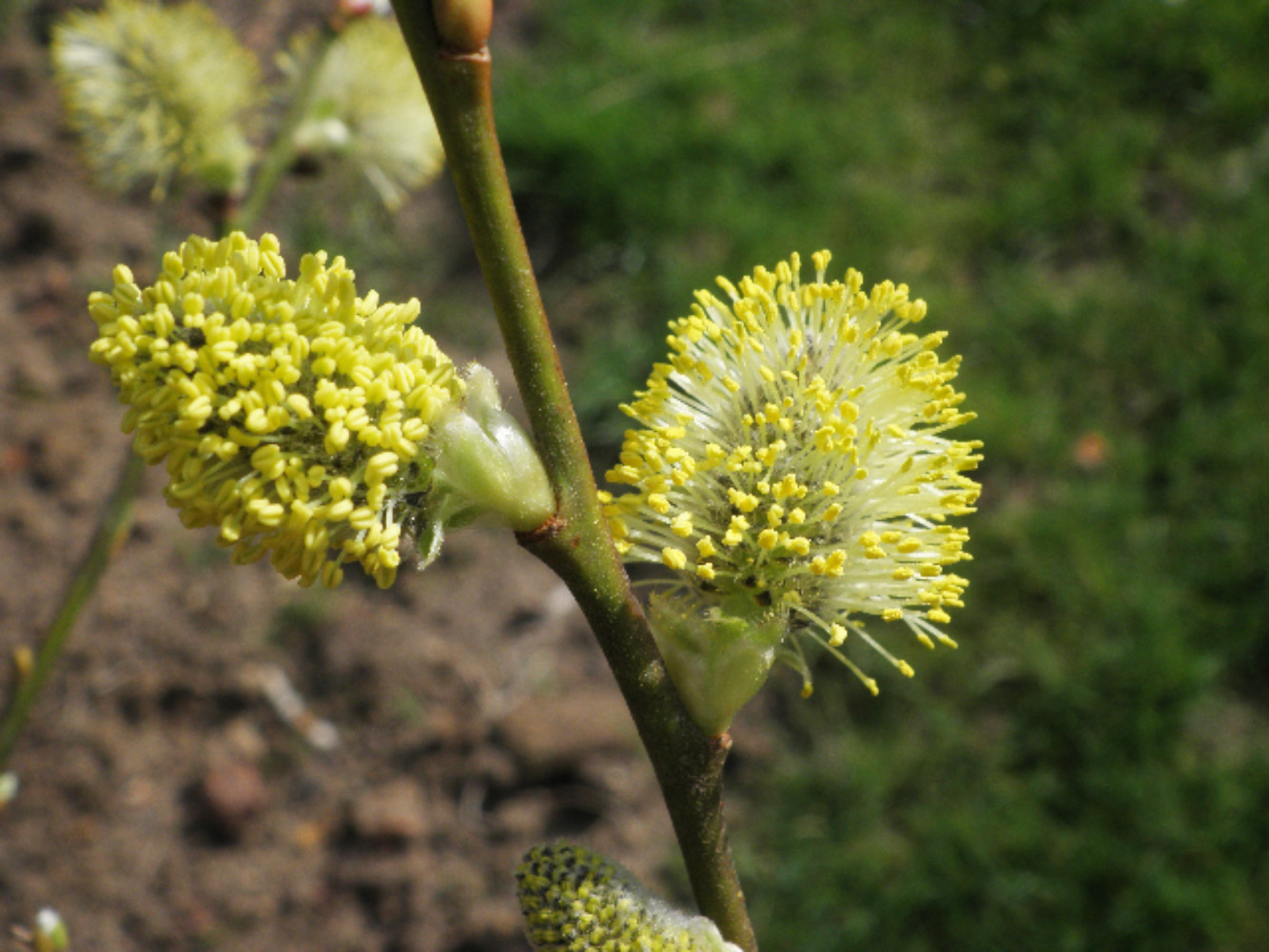Can you hear that raucous chirping? It is spring. I shall save you from poetic quotes (or worse – outbursts of my own) and invite you straight into the garden. The first foray after the winter can be daunting, so if you don’t feel up to doing much yet, just take your cup of tea outside and walk slowly around looking at things – the shoots and buds appearing will be a heartening sight and if the sun is shining, or you see something that just must be done right away, you’ll soon be rummaging for your gloves and tools. Here are a few things to be thinking about doing…
Have a tidy up in the borders and cut back the old top growth on perennials. We tend not to put the garden ‘to bed’ in the autumn as beneficial bugs overwinter among the dead foliage and within hollow stalks, but once the new growth begins again it’s time to cut it all back to the ground. Give grasses their short back and sides as early as you can– once they start growing it’s impossible to cut it back without cutting all the new growth out as well. Shred or chop tough old perennial stems before adding them to the compost heap or they’ll take ages to rot down.
Admire the impudence of the weeds – how dare they manage to keep growing when nothing else does? – and then pull them all up before they get a chance to flower and spread their seeds. There must be an old country saying about weeds – a weed pulled now saves 99? Where there’s a weed there’s more on the way? Remember that nature doesn’t do empty spaces, so plant up, or mulch any gaps quickly before the weeds move back in – and also remember that some are quite pretty – one man’s weed is another man’s Verbena bonariensis…
It was very, very wet last year and the slugs and snails – and all the other pesky little sap suckers celebrated and gaily feasted on our prized plants. Why won’t they eat the weeds? Then we could all live in harmony in a beautiful happy weed-free place. Anyway, the results of all their merrymaking have hatched and are looking forward to carrying on the party. They particularly like sappy new growth, so protect tender shoots of Lupins and Delphiniums and the seedlings of Sunflowers and edible crops. There are many imaginative (and organic) mollusc killing methods around; make your choice – I collect them and feed them to the chickens, but understand that you might be driven to more unspeakable crimes against them.
Start pruning. It’s a tricky area, pruning, (and overcomplicated because we like rules and books and our maverick plants refuse to look like the diagrams in them). It is simplified (slightly) if you think about what you want from the plant and when it flowers. Now (early spring) is the time to prune late summer flowering plants like Buddleia that flower on this year’s growth; DON’T be tempted to prune things like Forsythia, Weigela or Philadelphus yet or you will be cutting off their flower buds – these flower on the previous year’s growth – so you’d be cutting off the flower buds. Plants grown for their colourful winter stems (some of the dogwoods and willows) should be coppiced – cut back to a stump. Don’t throw away the cut stems; these plants root really easily from pencil-thick hardwood cuttings. Just poke them into the ground (the right way up) somewhere out of the way and leave them until new growth starts appearing. Behold! bonus bushes to bulk up the borders (or give away to friends).
If you haven’t already got one, make a vegetable patch. This doesn’t have to be a glorious garden bordered by box hedges or a bespoke, but practical set of raised beds; just somewhere sunny – among the flowers in your borders if you like (or even in a window box), where you can grow, and taste, a fresh and delicious home produced crop. Choose something that you can’t easily buy – fresh peas, broad beans, or something impressive looking like an artichoke or a row of fancy lettuce. Herbs are very versatile and some are so attractive that they look great in the border – think purple sage, or Monarda (Bergamot), even chives, but not mint, which will rampage about and be as impossible as bindweed to get rid of – but it will smell nice while you’re trying.
Feed the plants – but only according to their needs. On the whole vegetables need lots more feeding than flowers, in fact if you overfeed flowering plants they tend to put on lush and leafy growth at the expense of flowers. The exception would be container grown plants, which have to get all their nutrients from a small space. If you plan to have patio pots and hanging baskets, feed them once they get going with a fertiliser that’s high in Potassium (often called Potash). Potassium promotes flowering and ripening – so it’s very good for tomatoes and fruit too.
If your garden lacks colour, get some instant cheer from the garden centre – even a tiny pot of daffodils can be uplifting and longer lasting than a bunch, as they can be planted out in the garden afterwards. But don’t get carried away just yet; it’s spring from Boxing Day onwards at the shops, but all the sumptuous little plug plants on display (placed like sweets at the front near the door and so easy to slip into our baskets) are tender and need protection from frosts until well into May. Those baby plants seem like such good value, but they’ll need to be potted on a couple of times and generally looked after; it’s the horticultural equivalent of buying a pet.
Visit a garden that’s open to the public and get some inspiration. Going at the start of the season will also give you a chance to see how things are pruned, supported and prepared for the coming season. It’s harder to see the structure once the leaves are fully out and it’s easy to be distracted by all the flowers later on. Many gardens don’t open until the Easter weekend, but Easter is early this year, so we might get off to a flying start.
We may still need our coats and thick socks inside our boots, but to be out among the fresh new growth, whether we garden or not, when all is possible and the year’s still young, is humbling and hope-filling. Wellies on then; let’s get out there.
TEST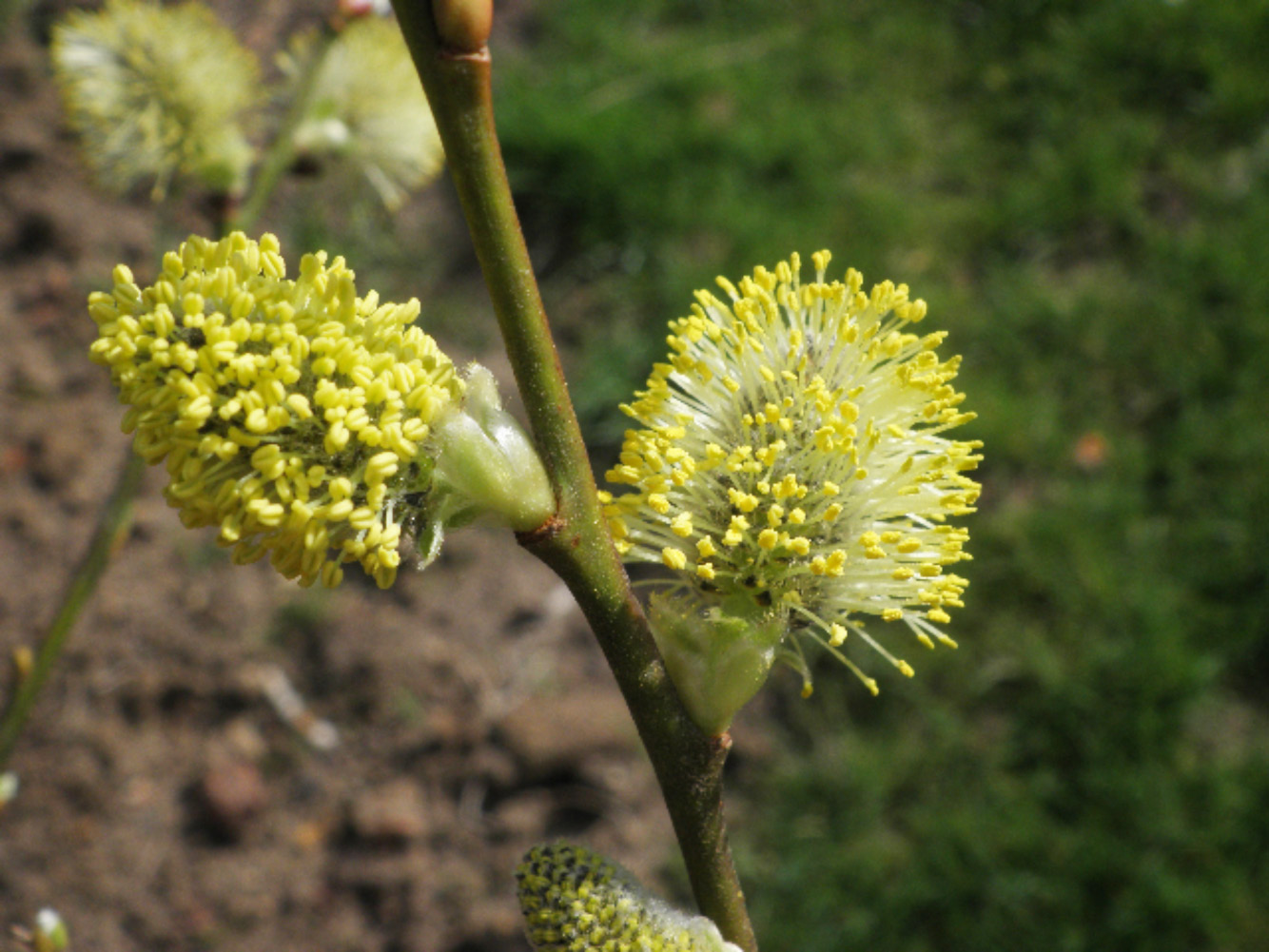
Catkins are just as lovely as blousy blossom
TEST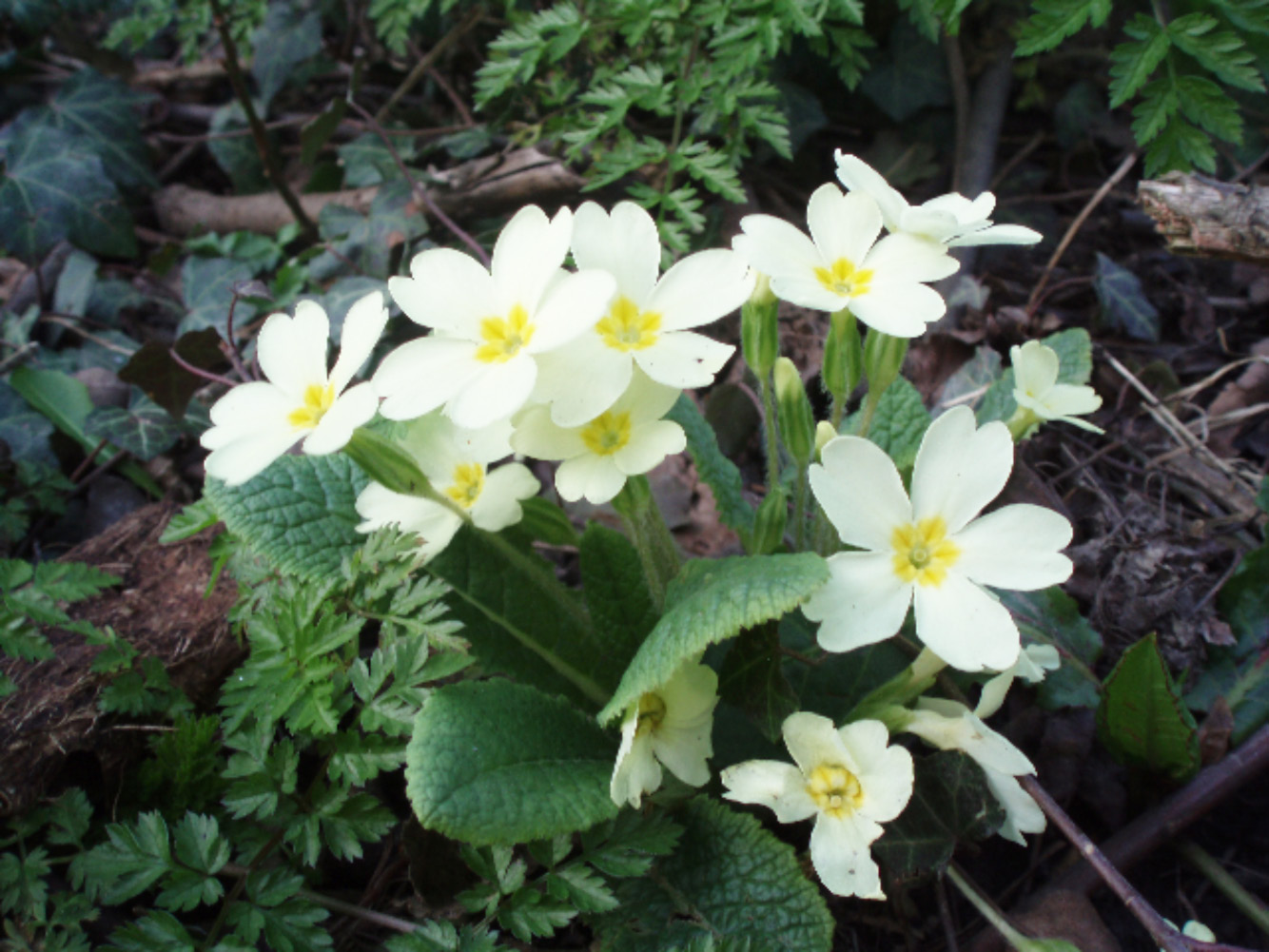
Primroses are the wild (and infinitely preferable) cousin of the garish garden centre Polyanthus
TEST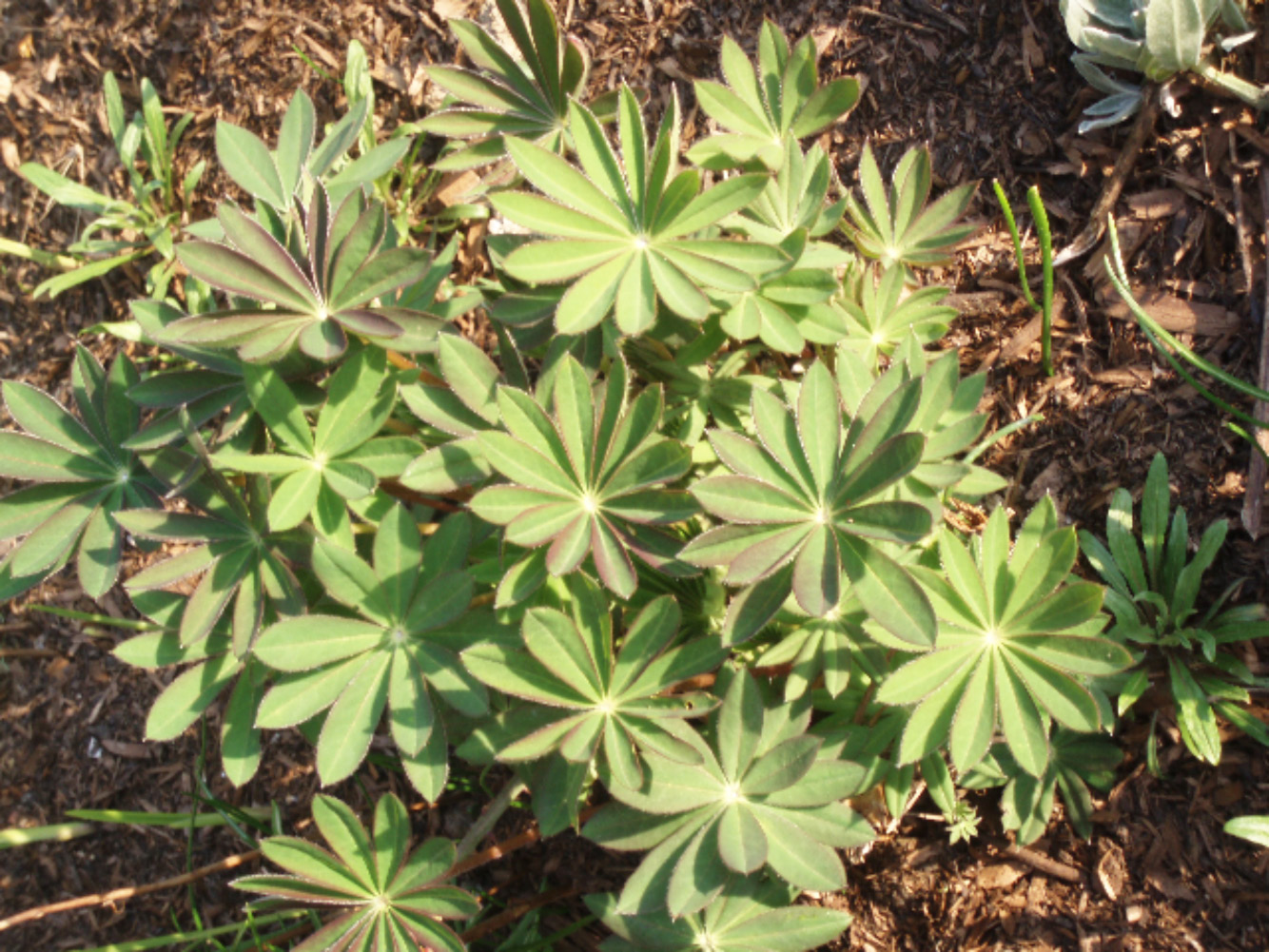
Protect emerging foliage - slugs and snails will devour shoots and new leaves
TEST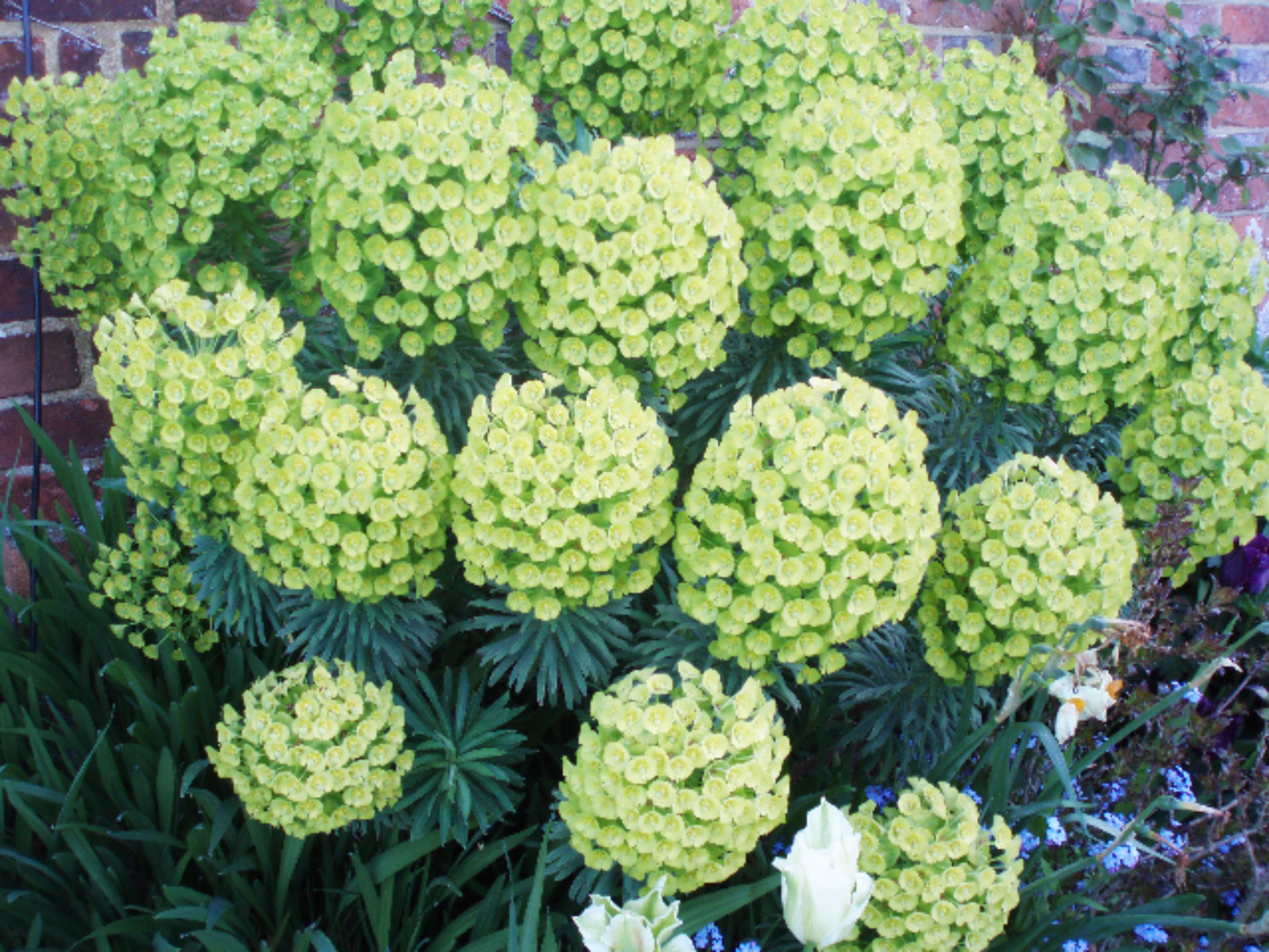
Long lasting lime green bracts of Euphorbia characias ‘wulfenii’ cut a dash in the spring garden
TEST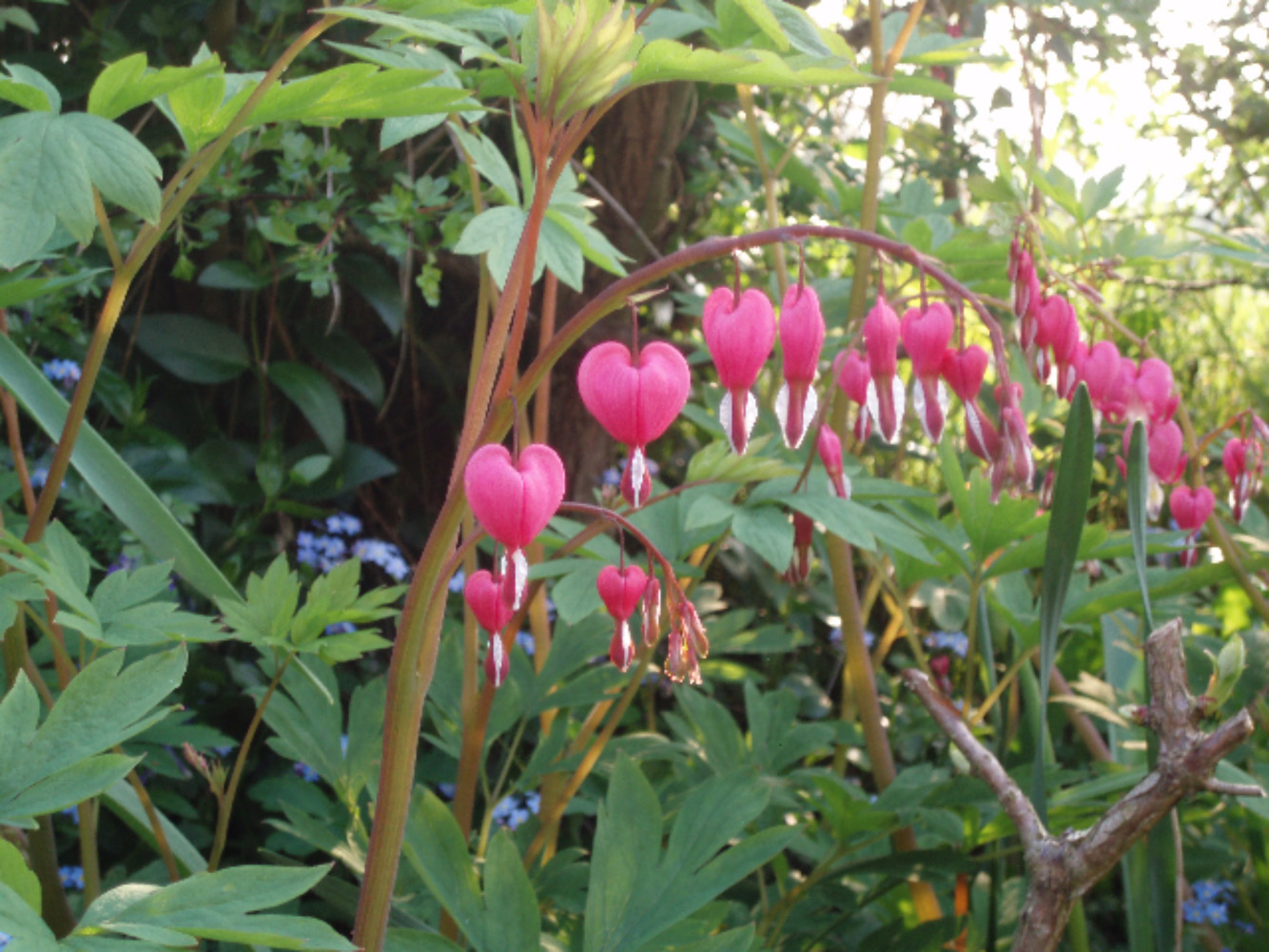
Delicate, but very hardy Dicentra spectabilis prefers the shade
TEST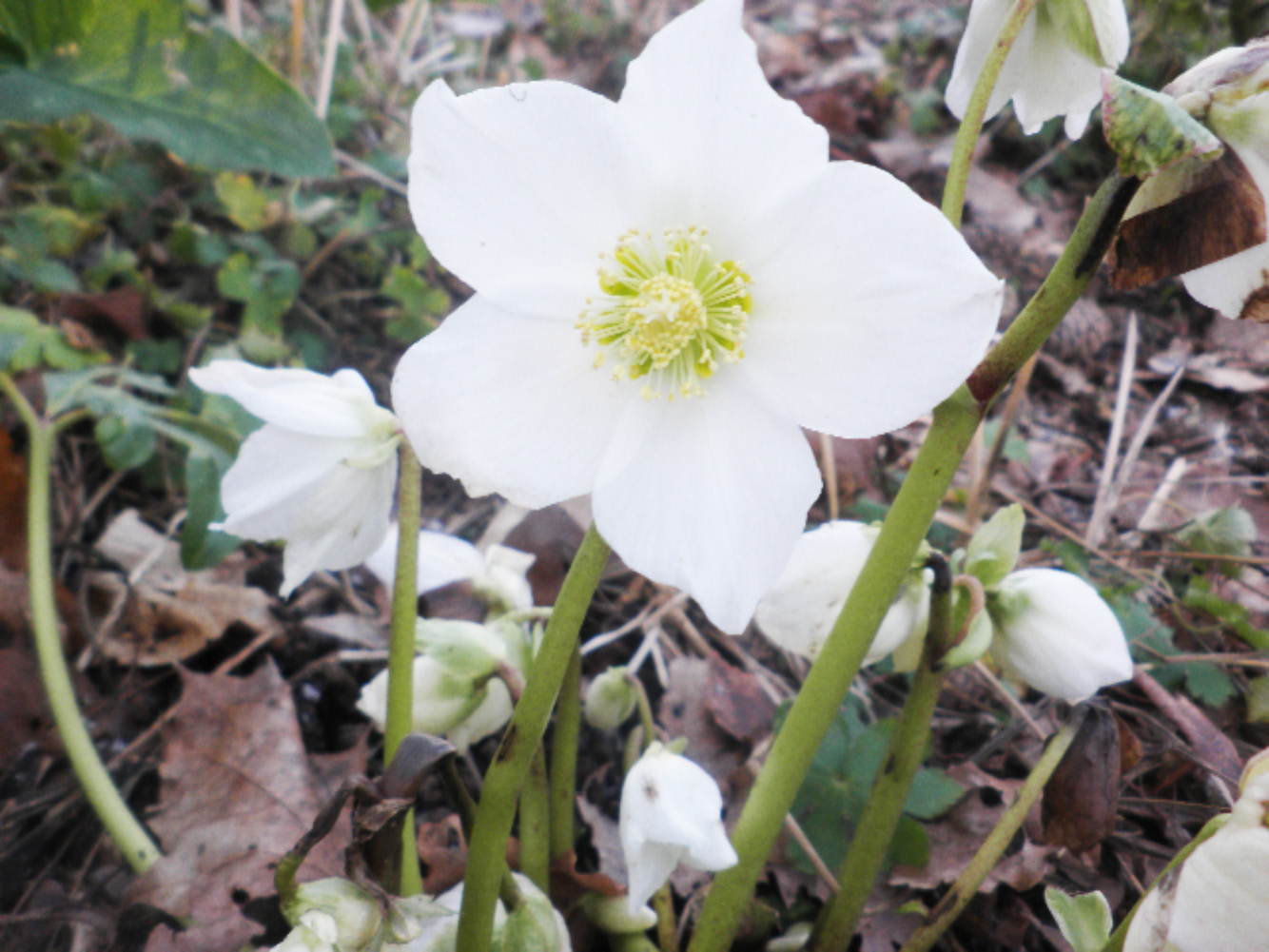
Helleborus niger is the first of the Hellebores to bloom
TEST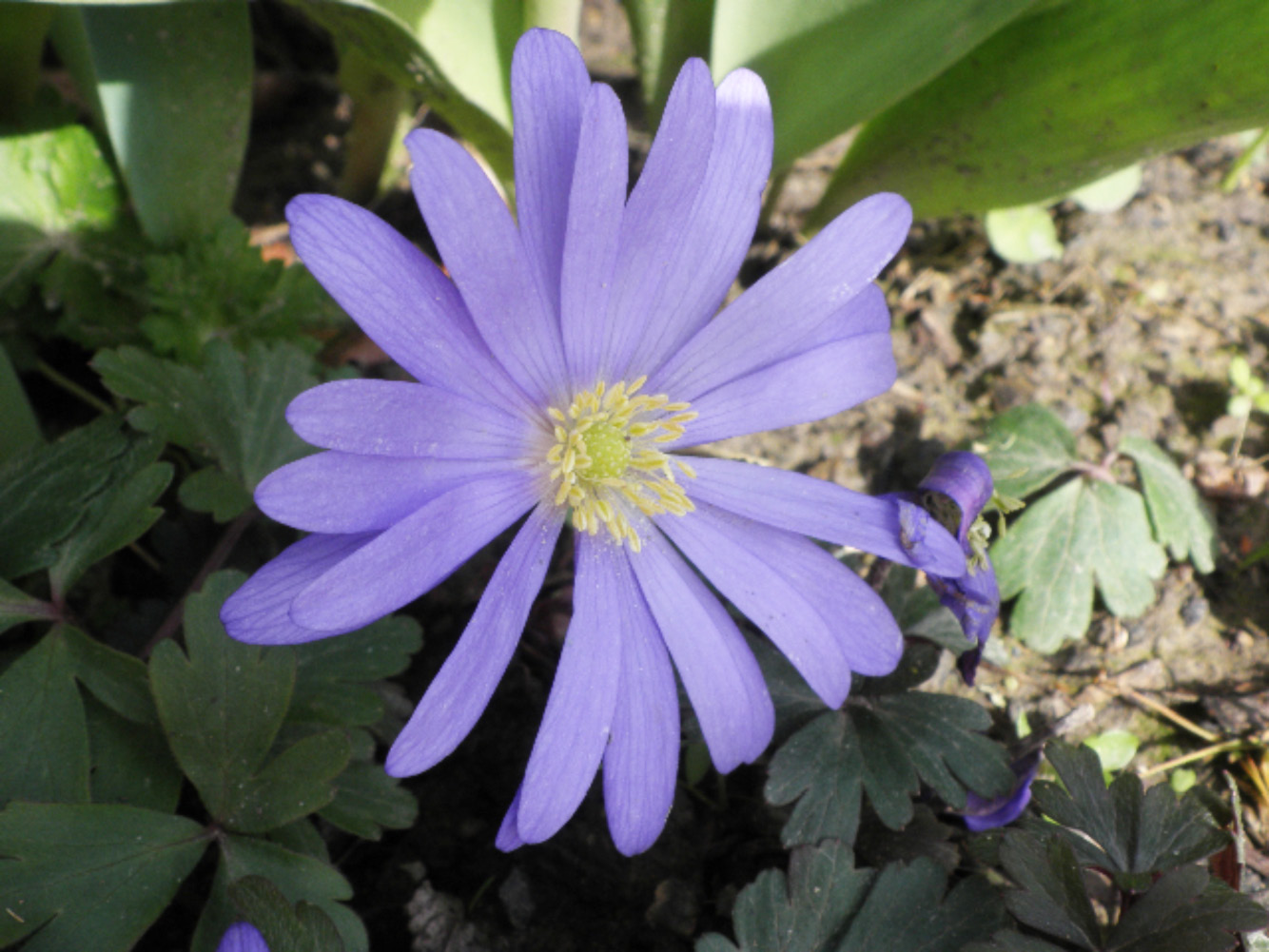
- words: Jo Arnell
You may also like
Go with the Flow
Sue Whigham shares some valuable new-to-gardening advice I’m sure that by now we should be used to the rain but I’m not entirely sure that we are. We had a dry, sunny day the other day and how everybody’s mood...
Farm Fables
Jane Howard gets to the bottom of why so many ponds have disappeared across the High Weald I have a new passion, almost an obsession, it’s about ponds. And there’s a distinct possibility I might become a bit of a...
Hedge Issues
Sue Whigham takes a meander along nature’s verdant and vital corridors Recently the BBC’s Today programme carried a feature about England’s hedgerows which created a lot of interest among listeners. On the strength of that, Martha Kearney interviewed one of...
